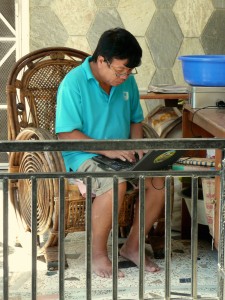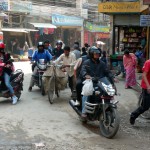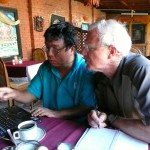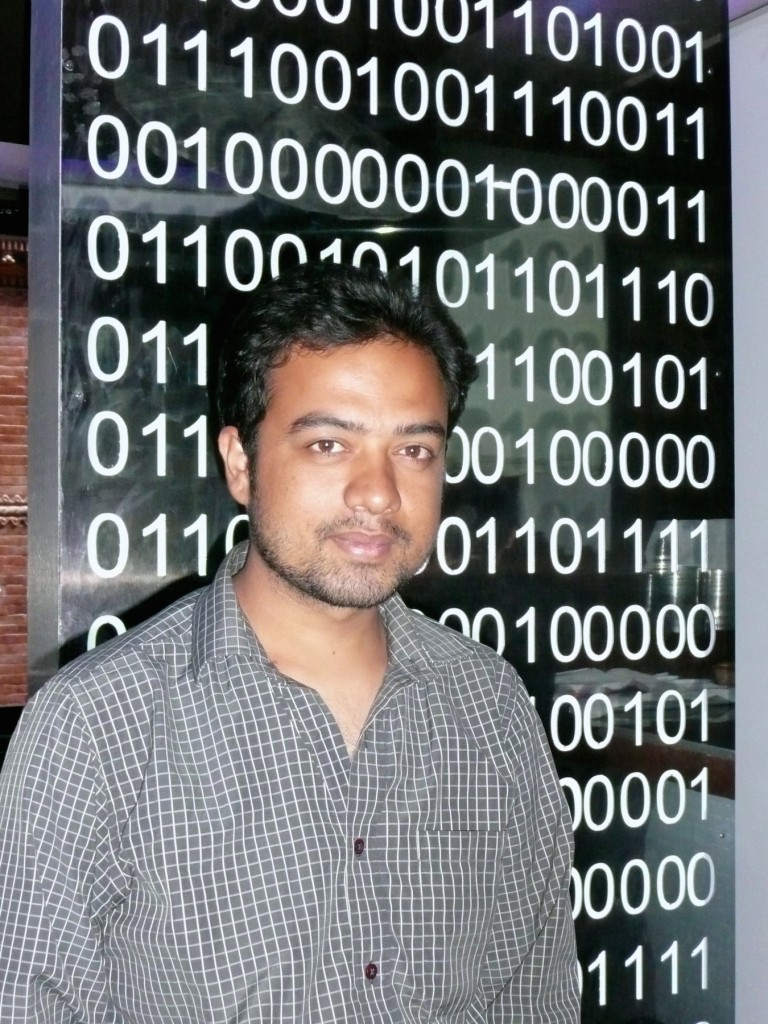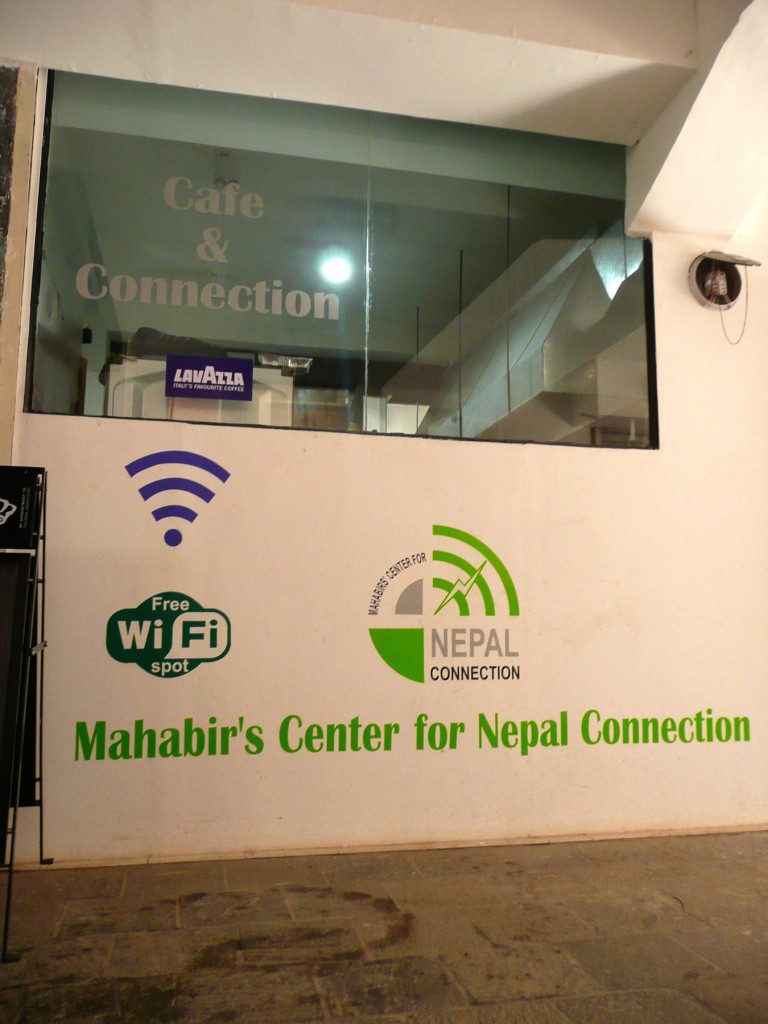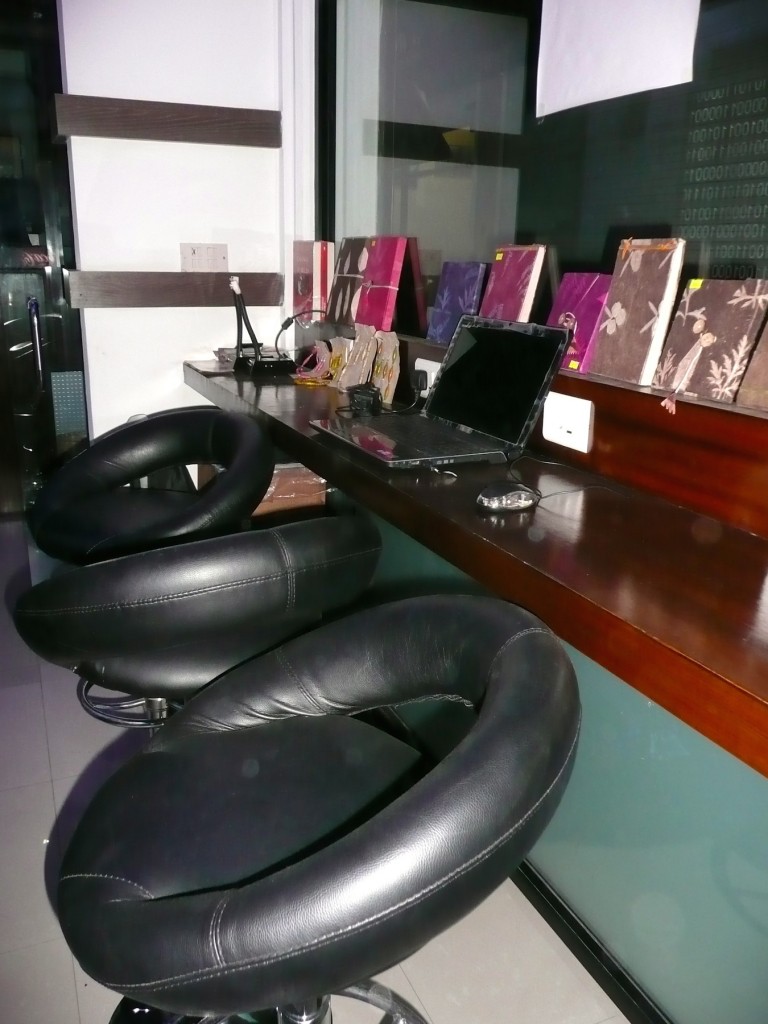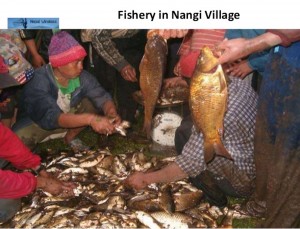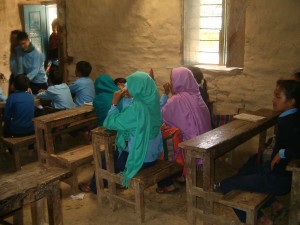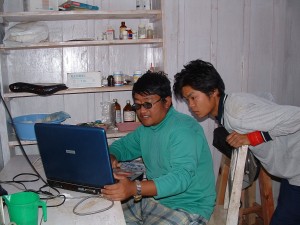My story is coming to an end, although I could write about Mahabir Pun and his life for decades. He never stops. He is always moving, thinking and throwing his mud on the walls of this world. He waits to see what sticks then moves forward never looking back. His critics are few but when I interviewed people who grew up with him or worked with him or only met him recently I asked them the same two final questions.
If you could give Mahabir Pun one piece of advice what would it be? The one thing that came up time and time again was this…he is not very good at saying thanks. People expect a few words of appreciation. But here’s the catch…when Europeans first started exploring the area in the 1800s and even into the 1900s there was no word in any of the Nepali dialects for thank you. Mahabir explained this to me during one of our early conversations. Nepali people do not perform an act of kindness such as sharing food and shelter or helping someone in need for reasons of appreciation. They do it because it is expected, it is the right thing to do and no thanks should be needed. Over the years due to western influence a word for thank you developed which looks like this in Devanagari script: धन्यवाद and is pronounced like this: dhan-ya-bad.
He told me many Nepalese people smile when westerners say thank you or dhanyabad. We think they are happy, but they are mostly amused at our constant need for appreciation. Join me next week for Mahabir Pun’s critics final words of advice for the man who expects nothing less then 110% commitment from his volunteers.


